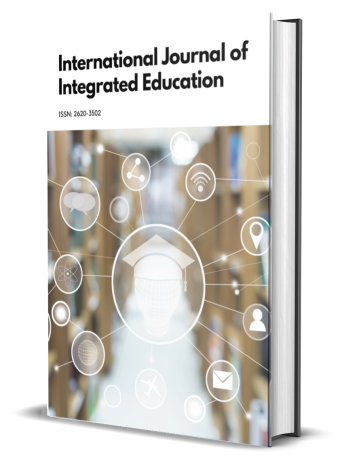Total New Hiv Infections In Gabon: A Box-Jenkins Arima Approach
Abstract
Using annual time series data on the total number of new HIV infections in Gabon from 1990 – 2018, the study makes predictions for the period 2019 – 2030. The paper employs the Box-Jenkins ARIMA methodology. The diagnostic ADF tests show that, H, the series under consideration is an I (1) variable. Based on the AIC, the study presents the ARIMA (1, 1, 0) model as the parsimonious model. The diagnostic tests further reveal that the presented model is very stable and its residuals are not serially correlated. The results of the study indicate that the total number of new HIV infections in Gabon is likely to continue declining over the out-of-sample period.
References
[2] Christiane, N. A., et al. (2014). HIV/AIDS Prevalence, Knowledge, Attitudes and Related Behaviours Among Young People in Libreville, Gabon, IOSR Journal of Humanities and Social Science, 19 (1): 59 – 65.
[3] Nyoni, T (2018b). Modeling and Forecasting Inflation in Kenya: Recent Insights from ARIMA and GARCH analysis, Dimorian Review, 5 (6): 16 – 40.
[4] Nyoni, T. (2018a). Modeling and Forecasting Naira/USD Exchange Rate in Nigeria: A Box-Jenkins ARIMA Approach, MPRA Paper No. 88622, University Library of Munich, Munich, Germany.
[5] Nyoni, T. (2018c). Box – Jenkins ARIMA Approach to Predicting net FDI inflows in Zimbabwe, MPRA Paper No. 87737, University Library of Munich, Munich, Germany.
[6] Okome-Nkoumou et al. (2014). Opportunistic Diseases in HIV-related Patients in Gabon Following the Administration of Highly Active Antiretroviral Therapy: A Retrospective Study, American Journal of Tropical Medicine & Hygiene, 90 (2): 211 – 215.
[7] UNAIDS (2010). Global AIDS Epidemic, UNAIDS, New York
In submitting the manuscript to the International Journal on Integrated Education (IJIE), the authors certify that:
- They are authorized by their co-authors to enter into these arrangements.
- The work described has not been formally published before, except in the form of an abstract or as part of a published lecture, review, thesis, or overlay journal.
- That it is not under consideration for publication elsewhere,
- The publication has been approved by the author(s) and by responsible authorities – tacitly or explicitly – of the institutes where the work has been carried out.
- They secure the right to reproduce any material that has already been published or copyrighted elsewhere.
- They agree to the following license and copyright agreement.
License and Copyright Agreement
Authors who publish with International Journal on Integrated Education (IJIE) agree to the following terms:
Authors retain copyright and grant the International Journal on Integrated Education (IJIE) right of first publication with the work simultaneously licensed under Creative Commons Attribution License (CC BY 4.0) that allows others to share the work with an acknowledgment of the work's authorship and initial publication in this journal.






1.png)
